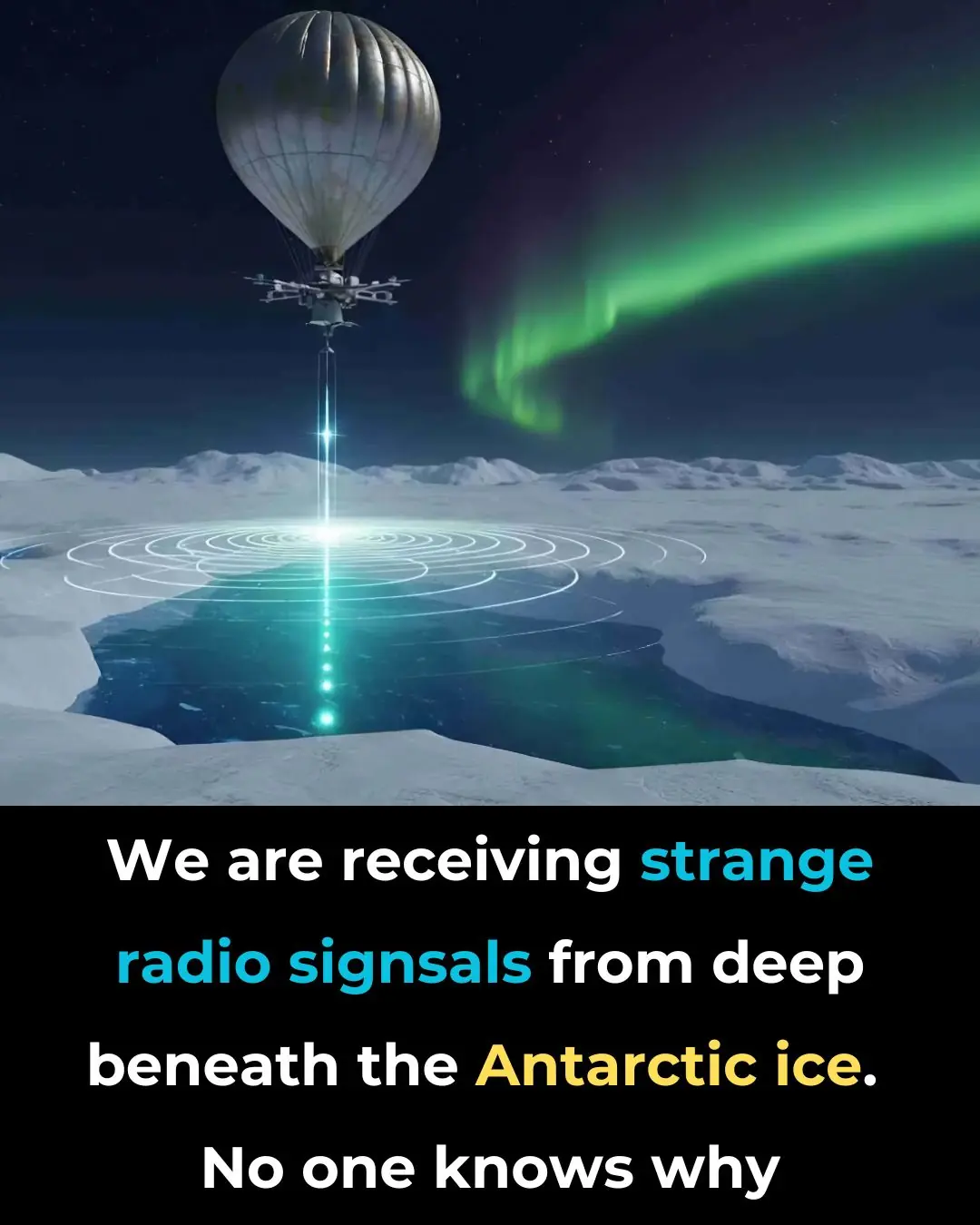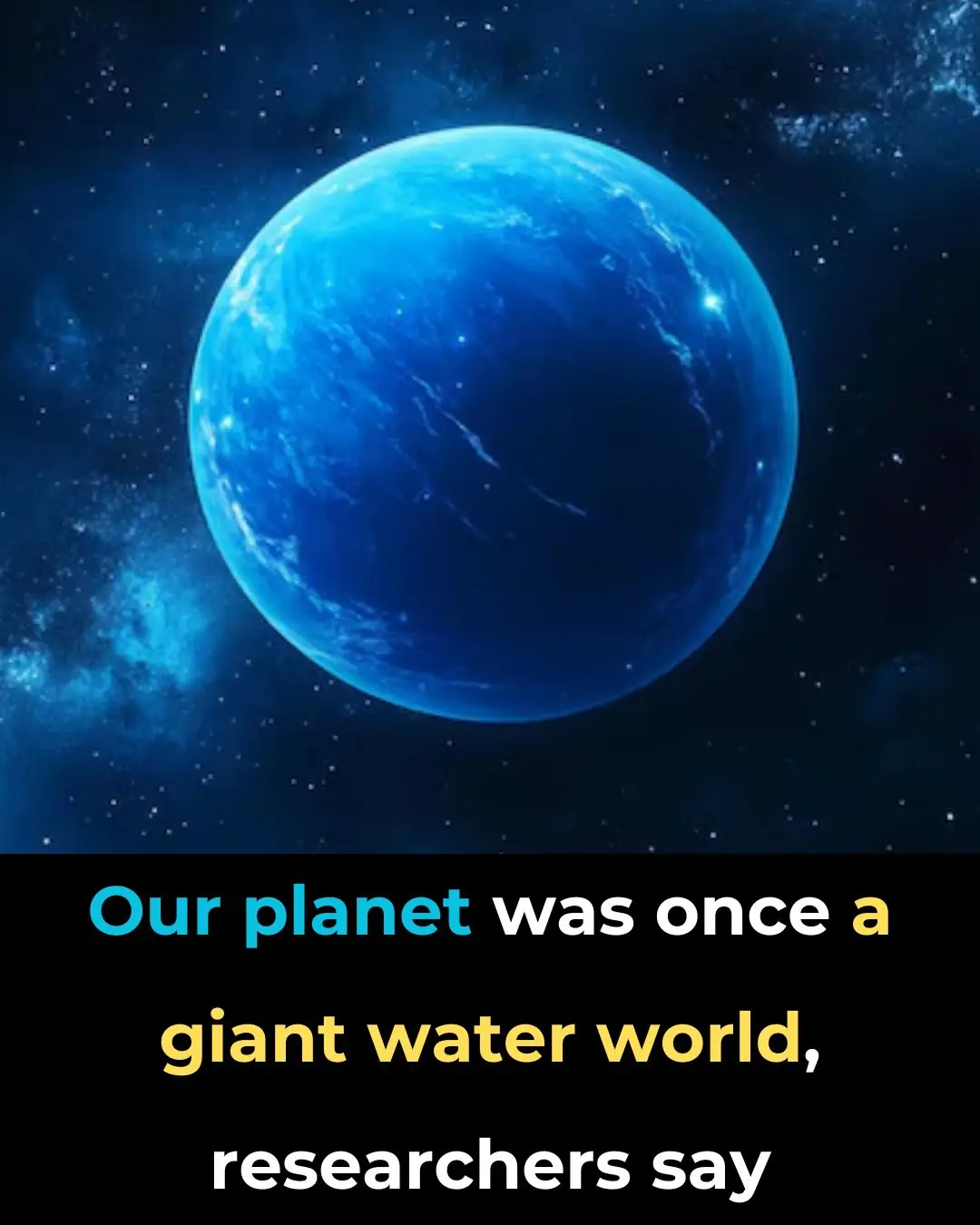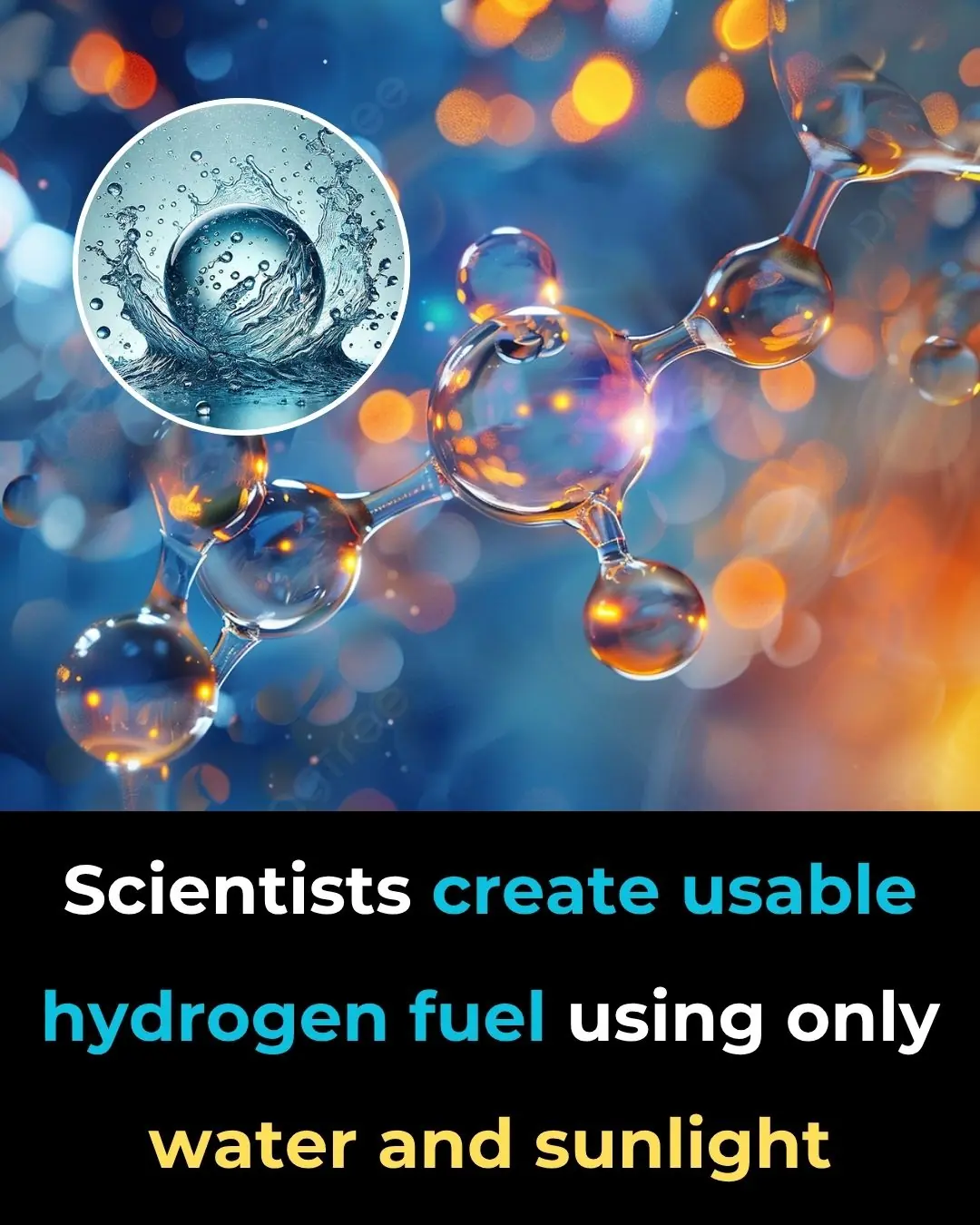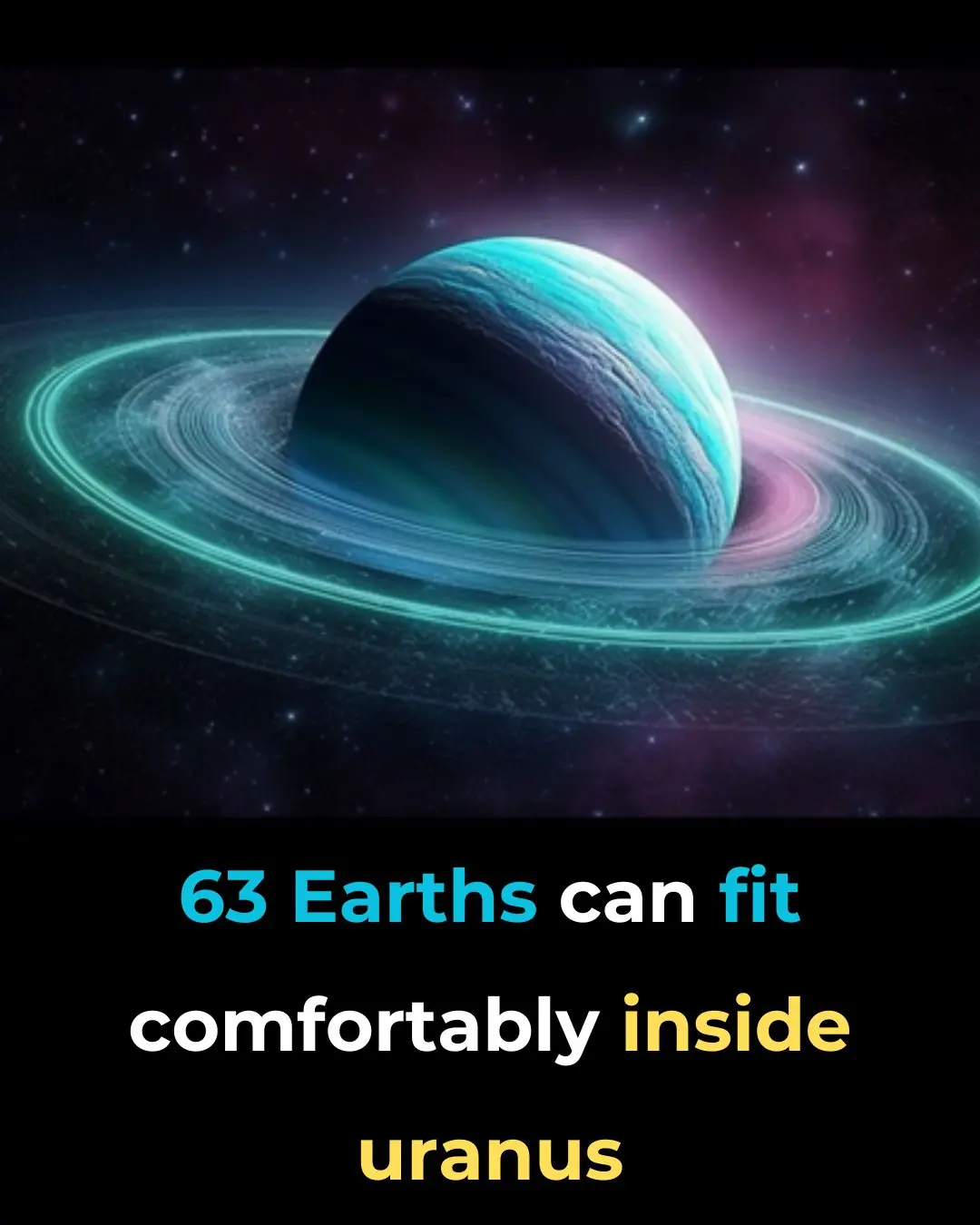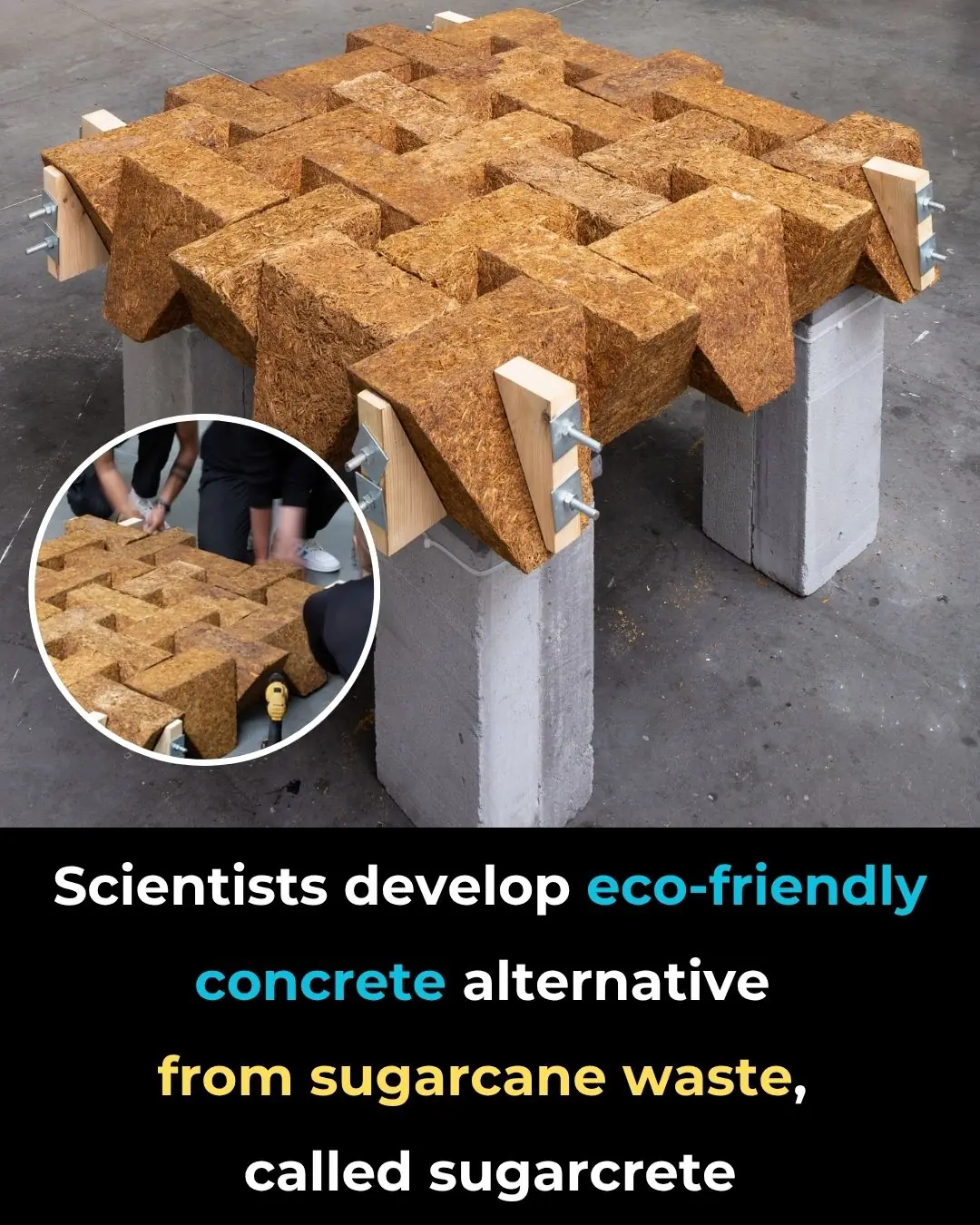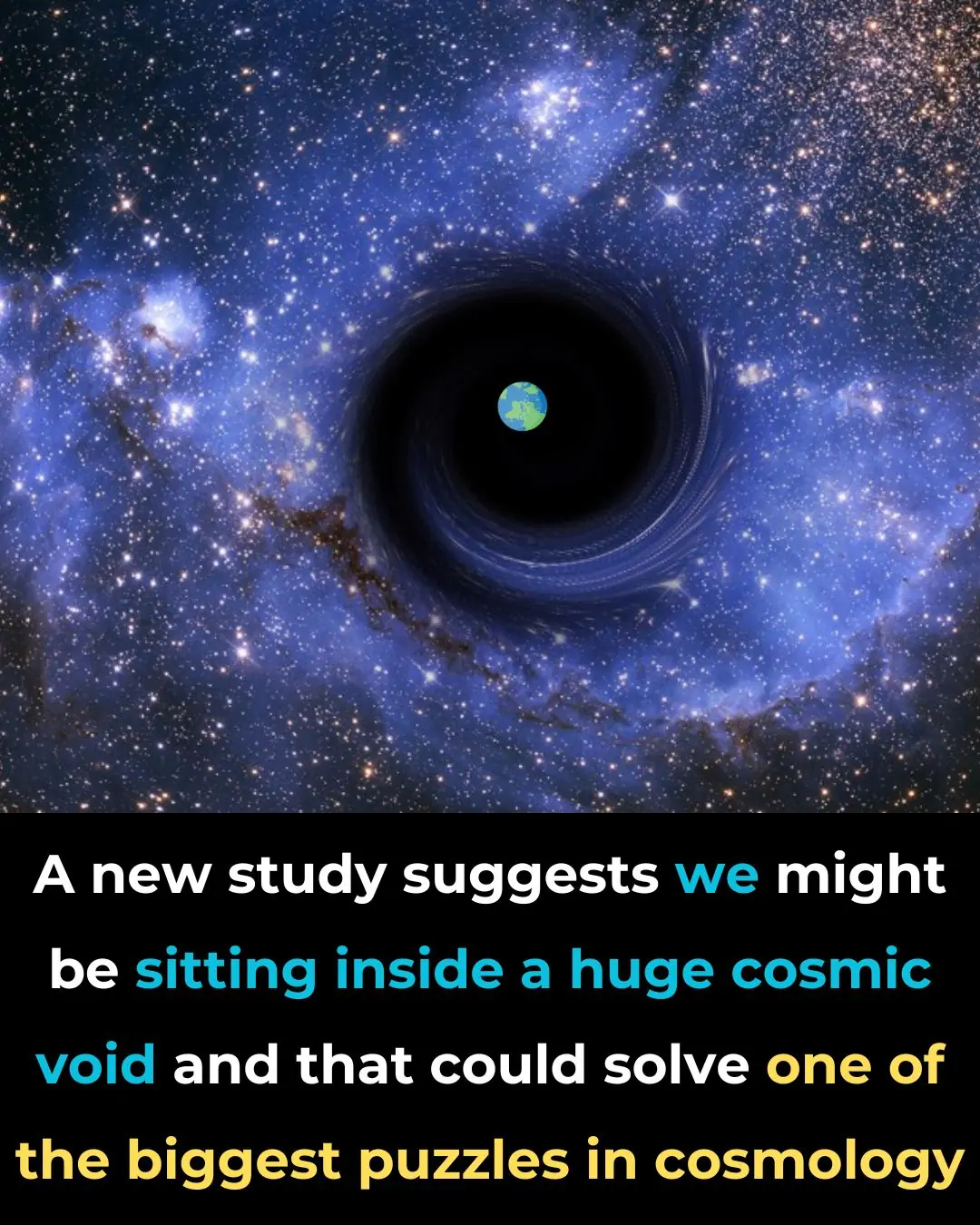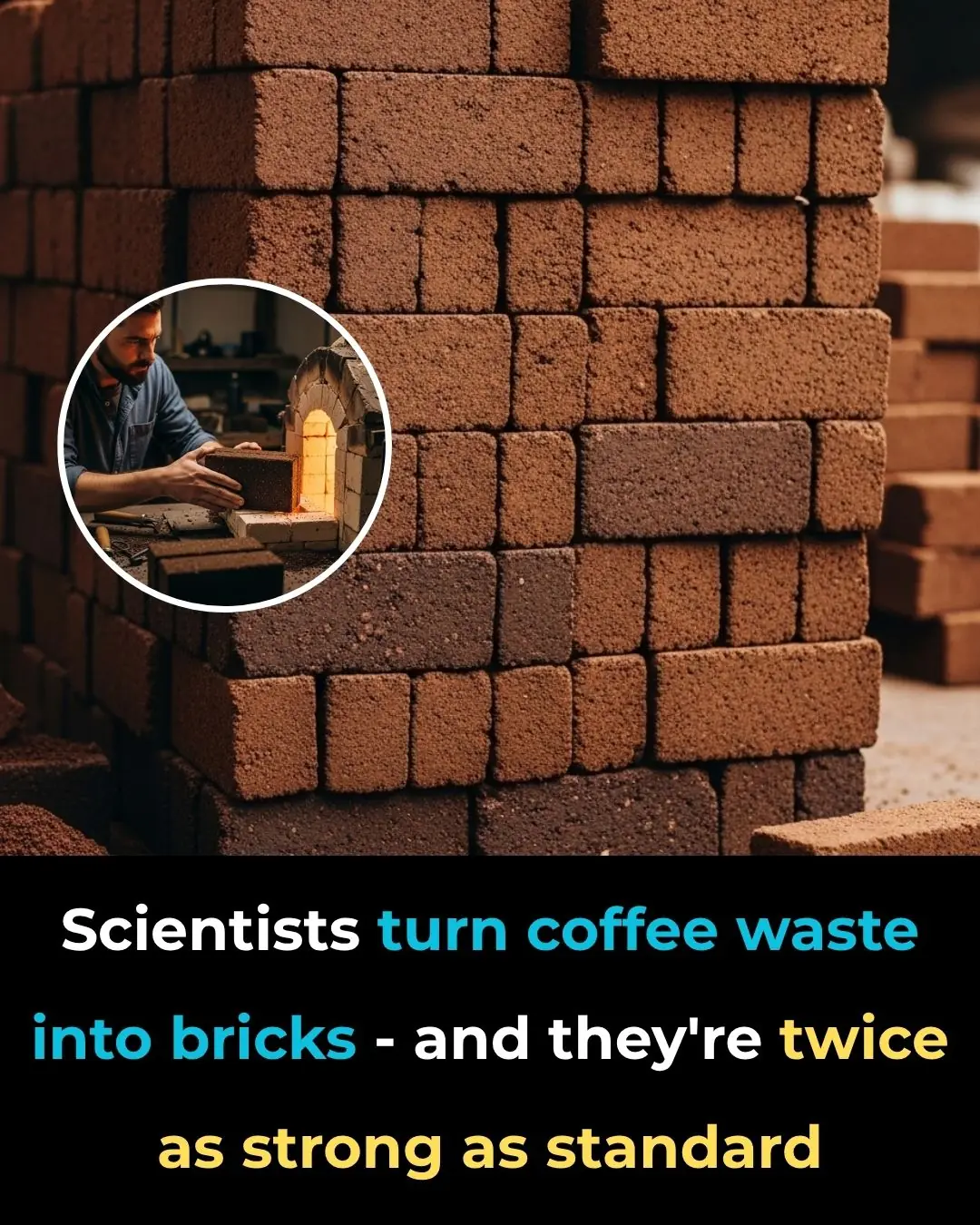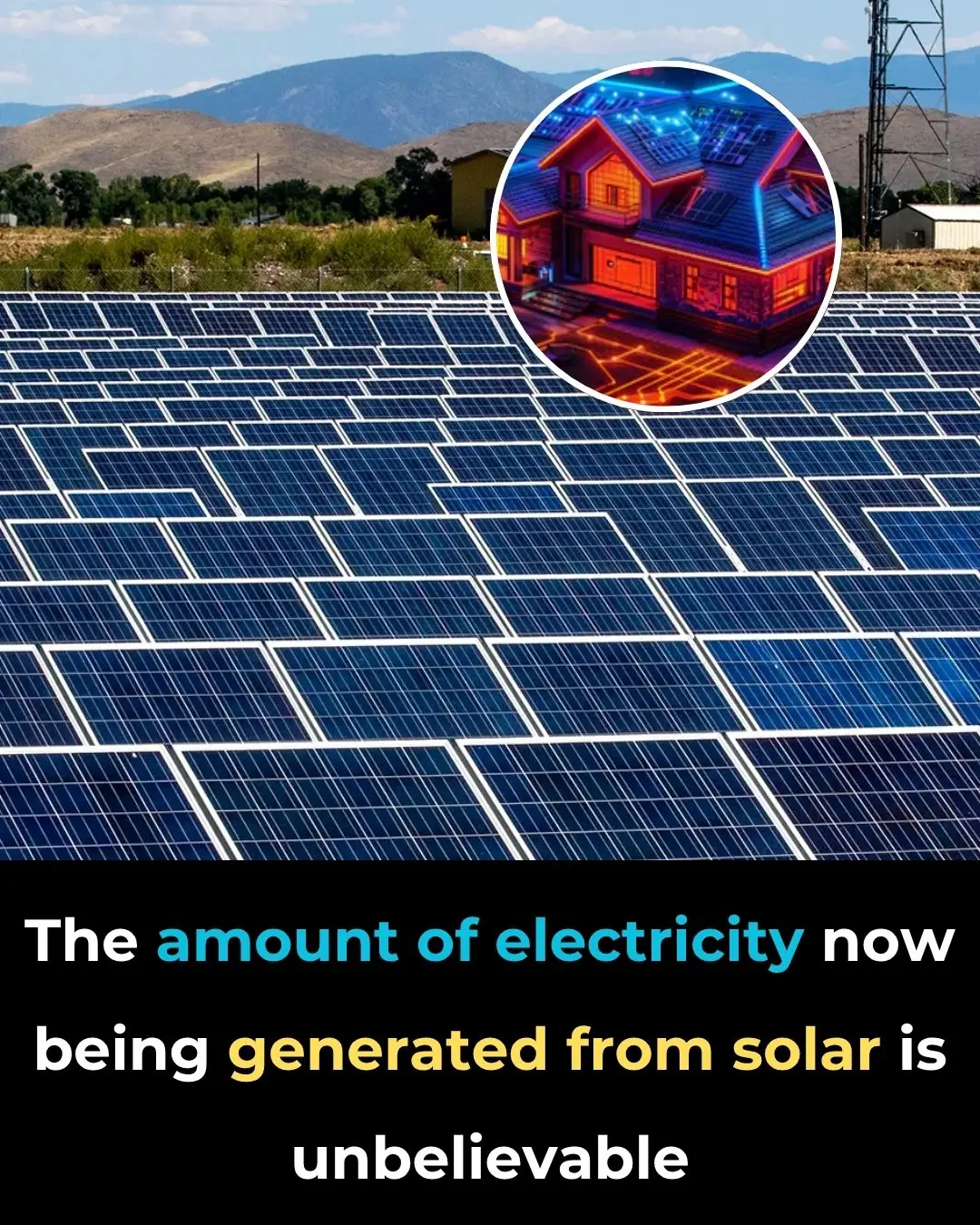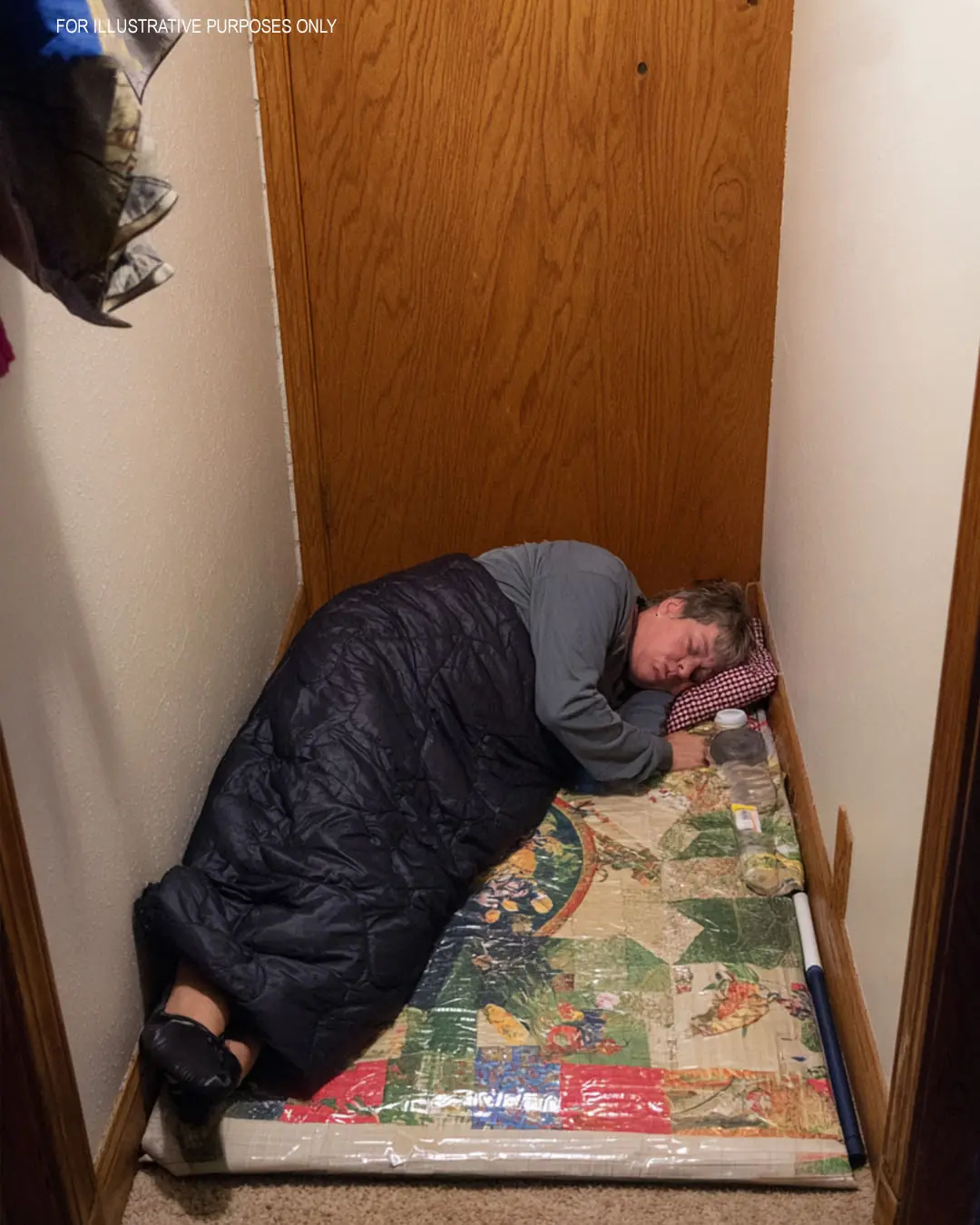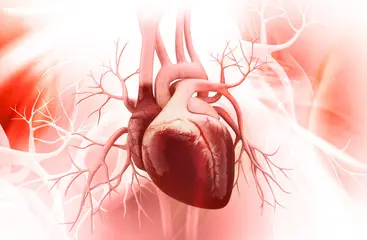Yellowstone National Park sits atop one of the largest active volcanic systems on Earth—a fact that has long captured the imagination of scientists and the public alike. Its geysers and hot springs are more than natural wonders; they are the surface expressions of a vast, hidden world beneath our feet. For years, geologists have known there is a massive reservoir of magma lurking underground, but its exact structure and behavior remained an enigma. Now, a new study published in Nature has revealed a critical piece of that puzzle: a semi-porous “lid” of crystallized magma and supercritical fluids that acts as a natural pressure regulator, helping to keep Yellowstone’s volatile potential in check.
This discovery doesn’t just clarify the anatomy of one of the world’s most famous supervolcanoes—it reshapes how we understand the risks it poses. Rather than reinforcing doomsday narratives, it offers a grounded, evidence-based view of a system that is active, dynamic, and remarkably well-regulated. Through cutting-edge seismic imaging and a deeper grasp of subsurface processes, scientists are now better equipped to monitor and interpret Yellowstone’s subtle shifts—bringing us closer to the heart of a landscape that is as scientifically vital as it is awe-inspiring.

Unveiling Yellowstone’s Hidden Magma Cap
For decades, geologists have known that a massive magma reservoir lurks beneath Yellowstone National Park, feeding its famous geysers and hydrothermal features. Yet the exact structure and depth of this reservoir have remained elusive—until a new study published in Nature shed unprecedented light on what lies beneath the surface. A team of researchers, led by Brandon Schmandt of Rice University and Chenglong Duan of the University of Texas at Austin, used advanced seismic imaging to identify a sharply defined boundary between 3.5 and 4 kilometers underground. This boundary, described as a “lid” or cap, appears to act as a natural pressure stabilizer, controlling the volatile interactions between magma and gases trapped below the Yellowstone caldera.
To map this hidden feature, scientists employed a technique involving controlled seismic waves generated by specialized vibrating trucks. As these waves traveled downward and reflected off underground layers, they were captured by hundreds of surface seismometers. The returning signals revealed a stark transition—waves slowed dramatically around 3.8 kilometers deep, indicating they were moving through a dense, muddy mixture of magma and supercritical fluids rather than solid rock. This sluggish zone marks the top of Yellowstone’s magma reservoir, where molten rock and gas interact in a delicate balance. According to the researchers’ model, this cap is only slightly porous, allowing trace amounts of gas to escape while preventing a dangerous buildup of internal pressure.
The composition of the cap itself is key to Yellowstone’s current stability. It consists of a mixture of crystallized material and gas bubbles, with porosity levels well below those typically seen in eruptive systems. Beneath it lies rhyolitic magma and supercritical water—both highly pressurized substances capable of driving explosive eruptions under the right conditions. Fortunately, the magma cap functions much like a pressure release valve. Gas escapes slowly through cracks and microscopic channels between mineral crystals, contributing to Yellowstone’s visible geothermal activity while keeping the deeper reservoir in check. This discovery confirms that Yellowstone remains in a state of geological repose, and it enhances our understanding of the physical mechanisms that prevent such a powerful volcanic system from erupting unexpectedly.

A Technological Leap Beneath the Surface
The breakthrough in understanding Yellowstone’s subsurface structure was made possible by a significant advancement in seismic imaging, a method that has traditionally struggled to produce clear images of deep, complex geological formations. At the core of this innovation is a technique that sends controlled seismic waves into the Earth using a large truck outfitted with an industrial vibrator. These low-frequency waves travel through the crust and reflect off different underground materials, with the returning signals picked up by a wide array of sensitive surface instruments. While the basic principle of seismic reflection has been used in oil and gas exploration for decades, applying it to a dynamic volcanic system like Yellowstone required both precision and scale.
What sets this study apart is the way the raw data was processed. Co-lead author Chenglong Duan, a geophysicist specializing in crustal imaging, developed a sophisticated algorithm capable of sifting through vast amounts of noisy seismic data to detect subtle variations in wave speed and reflection. These variations correspond to changes in material density, porosity, and composition beneath the Earth’s surface. By integrating these findings with high-resolution models, the team produced the clearest view yet of the boundary between Yellowstone’s solid crust and its underlying magma reservoir. This layer, which had only been loosely estimated in previous studies, now appears as a distinctly defined cap structure—something scientists had long suspected but never visualized in such detail.
The successful application of this method marks a major step forward in volcano monitoring and geophysical research. It not only provides vital clues about how Yellowstone operates beneath the surface, but also sets a precedent for investigating other potentially hazardous volcanic systems around the world. With more refined imaging, scientists can better identify features that influence eruption potential, such as gas pathways, crystallized plugs, and fluid pockets. This study shows that even in geologically active regions that have long been under surveillance, transformative insights can still be uncovered with the right combination of fieldwork, computing power, and analytical ingenuity.

What This Means for Eruption Risk
Understanding the structure of Yellowstone’s magma reservoir is more than a scientific curiosity—it directly informs how we assess the risk of a future eruption. The newly identified magma cap provides strong evidence that Yellowstone’s volcanic system remains in a state of geological dormancy, or what volcanologists refer to as “repose.” This finding aligns with long-standing assessments by the United States Geological Survey (USGS), which estimate the annual likelihood of a super-eruption at Yellowstone to be roughly 0.00014 percent. In practical terms, this means that while Yellowstone is a powerful and active volcanic system, the probability of a catastrophic eruption in our lifetime is extremely low.
One of the most reassuring aspects of the discovery is the nature of the magma cap itself. With porosity levels well below the threshold typically needed to trigger explosive activity, the cap functions as a natural stabilizer—leaking gases slowly rather than allowing pressure to build unchecked. The release of magmatic gases through microscopic channels and cracks keeps the internal environment relatively balanced. This helps explain why Yellowstone is so thermally active at the surface—home to hundreds of geysers, fumaroles, and hot springs—without showing signs of imminent eruption. Rather than being a warning signal, this geothermal behavior is a visible indication that the system is steadily venting and maintaining equilibrium below ground.
That said, scientists remain cautious. While the new model enhances our understanding of Yellowstone’s plumbing system, it does not eliminate uncertainty. Supervolcanoes erupt so infrequently and are influenced by so many interacting geological forces—such as tectonic shifts and magma chemistry changes—that making precise long-term predictions is nearly impossible. Still, this research represents a step forward in reducing the unknowns. By illuminating the mechanics of how pressure is regulated beneath Yellowstone, it supports the growing consensus that the system is currently stable and not gearing up for a major eruption.

Surface Clues from a Restless System
While Yellowstone’s subterranean activity remains largely out of sight, the park’s surface tells an ongoing story. Its geysers, boiling springs, and ever-shifting terrain are not mere tourist attractions—they are outward expressions of the dynamic processes unfolding several kilometers below. The discovery of a semi-porous magma cap helps explain why Yellowstone continues to exhibit such intense surface activity without signaling volcanic unrest. According to researchers, gases released from the magma reservoir slowly escape through microscopic fractures and mineral pathways, feeding the park’s iconic hydrothermal features. This steady degassing is not just normal—it’s a sign that internal pressures are being managed effectively.
The relationship between gas emissions and geothermal behavior is particularly critical. Volcanologist Brandon Schmandt emphasized that Yellowstone’s surface activity is evidence of efficient venting. In other words, the sludgy, crystallizing material atop the magma chamber is not bottling up pressure dangerously—it’s letting off steam, literally. That’s why the frequent release of sulfur and carbon dioxide, along with steam plumes and geyser eruptions, are not viewed with alarm by scientists. They’re essential for maintaining the equilibrium that keeps the system from transitioning into a more volatile state. In fact, if this surface activity were to decline suddenly, that might raise more concern than the status quo.
Additionally, Yellowstone regularly experiences swarms of small earthquakes—typically too minor to be felt but carefully monitored by geologists. These microquakes often result from shifts in underground fluids or minor movements in fault lines and do not necessarily point to impending eruptions. Instead, they reflect the natural flexing and fluid migration that occur in a geologically active region. Taken together, these surface phenomena offer a unique window into the deep workings of the supervolcano. Thanks to ongoing research and monitoring, scientists are increasingly able to interpret these signals not as signs of danger, but as vital indicators of a well-vented, relatively stable system.

Rethinking the Risks—and the Role of Science
The discovery of Yellowstone’s magma cap is more than a scientific milestone—it’s a reminder of the complexity and nuance that underpins our planet’s most powerful forces. In a world that often frames volcanoes in terms of sudden catastrophe, this research invites a more measured, informed perspective. Yellowstone is not a ticking time bomb on the verge of exploding—it is a living, breathing geological system, carefully monitored and increasingly well understood. The fact that scientists can now image its internal structure with such clarity is a testament to decades of quiet, methodical work in the fields of seismology, geophysics, and volcanology.
At the same time, this is not a call for complacency. Rather, it underscores the need to support long-term scientific monitoring and research, which remain our best defense against the unpredictability of nature. The seismic imaging techniques used in this study have potential far beyond Yellowstone, offering new tools to evaluate other volcanic systems that pose far greater risk to densely populated areas. Investing in this kind of research not only advances our understanding of Earth—it enhances our ability to anticipate and prepare for future natural events, however rare.
For the public, the message is clear: informed awareness matters more than alarm. Geysers erupting in front of tourists, or swarms of microquakes rumbling beneath the forests, are not harbingers of doom but signs of a system doing what it has done for millennia—venting, shifting, and adapting deep underground. As climate shifts and human populations grow around active volcanic zones worldwide, the lessons from Yellowstone become even more valuable. They remind us that even the most dramatic natural systems are not governed by fear, but by science—and by our willingness to pay attention to what the Earth is quietly telling us.


